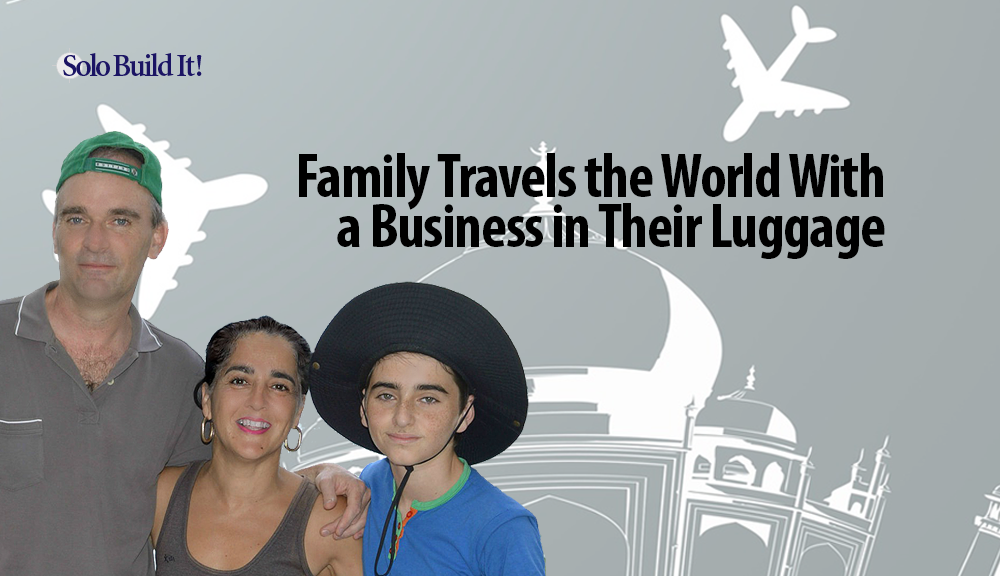Simply put, my goal was to quit my job and live as a solopreneur.Andrew Smith from exquisitecoasts.com
Admit it… you had this very same thought, and not just once! Oh, how awesome it would be to quit your job, leave the stress of corporate life behind and start living on your terms.
It’s more doable than you may think. Look around you. Your ticket to freedom via your own online business could be right under your nose. For an update on Andrew’s story, please read: Family Travel Business: 7 Lessons Learned While Everyone Stayed Home.
But first, let’s see how it all began for Andrew and his wife Maria…
1. Andrew, you have 3 online businesses: 2 about Italy and 1 about coastlines. What made you choose those niches? And why did you create more than one website?
I originally started by focusing on one small niche area of Italy and expanded from there. The reason I chose Italy is because my wife is Italian and we had been living in Italy for ten years.
Why multiple websites? Firstly because our initial site focused mostly on the Piedmont region in the north-west of Italy and we wanted to write about the Veneto, which is the region where Venice is. It’s the region Maria’s family is from. Because of the importance of having a focused niche, we decided to start another site about the Veneto with similar branding.
With our latest site (www.exquisitecoasts.com) we have expanded beyond Italy to include other places we have lived in and traveled to. This made sense as we are no longer in Italy all year round. So we can still write about the other places we travel to during the year.
1) Have first-hand knowledge about the topic (Andrew and his wife had been living for 10 years in Italy, so they knew certain parts of Italy well.) 2) The size of your niche. Andrew could have written about all of Italy, but this would have been a rather broad niche with more competition. Unless they “sliced” Italy to narrow it down non-geographically (ex., “Investment Wines of Italy”), it would have been a long, tough slog ending in probable failure. Identifying the right business niche is challenging. You may have a certain idea in your head, but how do you know whether the topic is too broad or too narrow? How do you figure out its income potential? That’s where Solo Build It!’s Action Guide comes into play. The first five days (or chapters) guide you step-by-step in identifying your “Goldilocks just-right niche.” Generally, the broader and/or more competitive a certain niche is, the more effort you’ll need to expend and the longer it will take for your content to win the search engine wars. Andrew decided to stick to a narrow niche. Once he found success with his first business, he expanded into a second one with a closely related topic. Clever move! We generally don’t advise starting two businesses. Our best recommendation is to start a second if you’ve maxed out on traffic AND income. It’s easier to plug a higher “$-per-visitor” monetization model into a high-traffic site than to start a second from scratch. That said, if you are going to start a second, it should be related to the first. Your credibility will accelerate growth of the 2nd. You can cross-promote to further speed up growth. And you’ll be building a bigger brand with greater equity (i.e., sale value). The “coastlines” business is a good example of slicing “world travel” down to one of the sexiest, image-friendly niches… coasts. It’s unrelated to Italy, though, so we don’t recommend this for most solopreneurs. This couple is special, though – if anyone can handle this extra “work” (if you count world travel as work), Maria and he can.
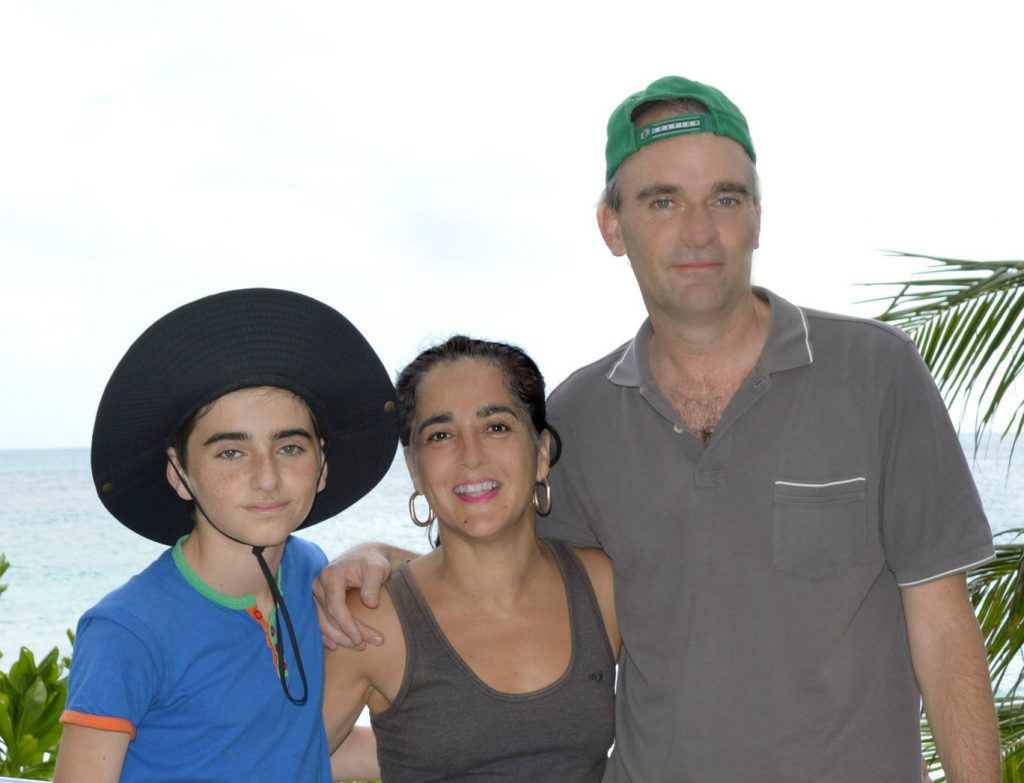
2. What were your initial goals when you started your sites? Have these goals changed over time?
I had become tired of the stress of the corporate world and it was affecting my health. I didn’t want to be forced to live in a big city and have my days looking much the same for the next twenty years.
Maria and I wanted to travel too and show our son the world. So, simply put, my goal was to quit my job and live as a solopreneur. That has happened and my goals have been achieved. Now all I want is to continue living my dream and see where it leads.
3. Tell us about your philosophy regarding content. How do you know what your prospective customers are looking for? Where does this information come from?
When I started, I used SBI!’s Brainstorm It! tool to create my site’s blueprint and find in-demand topics to write about. All of my content is original and written from personal experience. The only exception are the stories shared by others.
When my sites were already well established and receiving a good amount of targeted traffic from the search engines, Facebook came along… and with it a treasure trove of information about my target market. All I had to do was listen to what people were looking for.
From interacting with my fans on Facebook I learned that people loved sharing stories and photos. I took the best stories and turned them into pages on my website.
Here’s an example… the story of a single mom moving to southern Italy. It’s super popular with my readers: http://www.miomyitaly.com/living-in-calabria.html.
The main purpose of these web pages is to get traffic from Facebook, not from Google. Nice icing on the cake: I also get some long tail search engine traffic to them.
Other type of content that does really well for me on Facebook are lists, quizzes and itinerary pages. Check out these pages to see what I mean…
http://www.venice-italy-veneto.com/where-in-italy-do-you-belong.html
http://www.miomyitaly.com/italian-itinerary.html
http://www.venice-italy-veneto.com/unforgettable-places-in-italy.html
Armed with this “intel” from his keyword research and from Facebook, he creates exactly the content that his readers and Facebook fans love. The result? More traffic from search and social to Andrew’s websites, which in turn leads to more income. More on that in Andrew’s next two answers…
4. You provide lots of information and resources for free. How do you “upgrade” people from being free content seekers to paying customers?
Hotel bookings are my number one source of revenue. What I try to do is to build a relationship with my followers so that they trust me and wish to support me. Facebook makes this easy to do. I then encourage them to book with me by sending them to pages like http://www.venice-italy-veneto.com/#BOOKING where I explain how booking through me will help us to continue sharing our love for Italy.
Many people now book vacations through our links, even to destinations we don’t feature at all. I’ve had people book accommodation from Chile to China via my affiliate links!
Building an engaged following on at least one social channel is an important part of Solo Build It!’s concept of PREselling. The more your audience and prospective customers get to “know” you, the more they will do business with you. Andrew and his wife Maria do a fabulous job interacting with their visitors and fans. It is well worth your time to study what they do… Take a look at how they answer questions from their visitors on their homepage (or any other page on their sites). Scroll down to the bottom of the page where it says “Comments.” Maria replies to each question in-depth, providing links to the best resources, both their own and external ones. We call this “over-delivering.” When you do what few others do, you stand out. And standing out is perhaps the most important way to succeed online. Stand out in site content, in social media, in how you treat your customers, etc. You can’t help but win if you put in that effort.
5. How many different revenue streams do you have? Which ones perform best?
Hotel bookings, as mentioned, are number one but, whether it is traffic sources or monetization, I don’t like to have all my eggs in one basket.
That is why I have a number of different revenue streams on the websites: real estate sales, direct advertisers, a tour affiliate, Amazon and AdSense.
You’ll decide about a primary monetization model which both fits your niche and answers your potential customer’s needs or problems. You do this at two levels… When your primary monetization model is well underway, you add a second income stream. Continue diversifying once you have maximized each stream. Andrew has stayed with mostly passive monetization models, which have a lower profit margin than active monetization. He has made the conscious decision that he’s happy with his income and values his free time more than increasing profits. For example, he could earn a great deal more by buying a 10-unit hotel that is struggling financially. He’d fill it with trusting fans. But he would also be tied to it, unable to travel. What’s the point of owning a business that does not deliver on your life goals? You, on the other hand, may want to advance to more active ways to monetize your traffic, like creating your own digital or physical products, or offering your own services. Higher earnings come with the obligation of dealing with customers, suppliers, contractors and even employees. Neither direction is better. It depends on your circumstances and preferences. You cannot make a monetization mistake if your life goals are clear from the beginning. SBI! provides for both ends of the spectrum, and everyone in between. Day 4 (evaluating and planning) and Day 10 (executing) of SBI!’s Action Guide are fully focused on monetization. Look at the photo below. You will probably decide that’s beyond your wildest dream. Next ask yourself, “Why?” Andrew set a life goal for his business. Now he is leading that life. Decide, then DO.
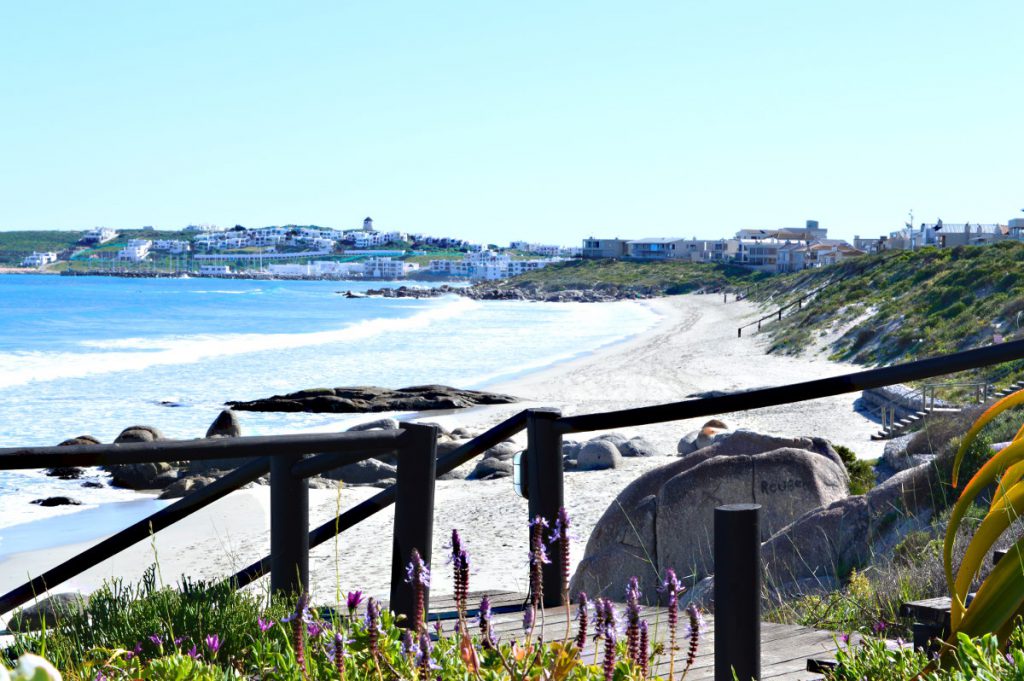
6. You have 366K Fans on Facebook and 18.6K Followers on Pinterest. How did you manage to grow such a big, engaged community on these two social media channels?
When I started my Facebook Page, I advertised to a broadly targeted audience at regular intervals. I probably spent $100 until I reached around 12,000 likes. After that, there was enough momentum for the page to grow on its own as long as I posted things that my audience were likely to engage with.
Editor’s Note: Getting to 12,000 likes for a mere $100 is quite an achievement. We were curious and asked Andrew how he did this. Here’s his reply…
“I’d run an ad campaign for a week with a budget of $10 to $20 then run another one a month later. So of that first 12,000 likes maybe half came from the ads and the others grew organically between ad campaigns. The first campaign targeted India and several African countries to get the most likes for the lowest cost.
After that I targeted South America a lot – especially Brazil, Argentina and Uruguay where many people with Italian origin live. Also Mexico where I figured people would share my Facebook page with family in the USA and it would start getting me likes in the USA.
Other good areas were the Emirates (many UK and European expats), Eastern Europe and South Africa. I never targeted the USA, UK or Australia yet these grew organically. Now the majority of my likes come from these countries.”
It’s super important to switch to targeting a more relevant audience after this initial boost. That’s the type of advice and tips that SBIers freely share in the SBI! forums.
It is important to share a variety of different things related to your niche but with a far broader focus than my websites. For example, although my sites principally focus on travelling in Italy, my Facebook Page deals with anything Italian – food, travel, music… you name it and you’ll find it on my page.
One piece of advice I can give to anyone starting out is not to make it all about you. Although we sign our posts off in the name of Maria (sounds more Italian than Andrew :)) we still don’t only focus on us and our websites.
We share a lot of posts from other pages and in turn they share our posts – that is how you grow on Facebook – your competitors are your friends. Focus on yourself and share only your own stuff and you’ll eventually find the only one listening is you.
My advice for Pinterest is similar to what I said for Facebook: don’t make it all about you. In fact, the majority of content you pin should be from other people. If you share, you get shared in return. That’s how you grow on social media.
How do you find things to share? Follow people and boards in your niche, and choose interests closely related to it. Pinterest then shows you their pins in your feed. Now you can use that content (and your own, mixed in between) to create and curate lots of boards with beautiful images.
7. You build your online businesses as a husband and wife team. Do you have any tips to share about how to best organize this?
For any men out there my advice is to just listen to your wife and do what she tells you – all will run smoothly then. 🙂
Editor’s Note: Our female readers will love that advice. 😉 We dug a bit deeper though and asked Andrew if there’s any kind of “specialization” between him and his wife. He said…
“Maria does a lot on Pinterest and answers comments and messages on Facebook. I decide what to share. With the sites it’s the same, Maria answers emails and deals with Content 2.0 submissions, while I write most of the content. My son and I take the photos.”
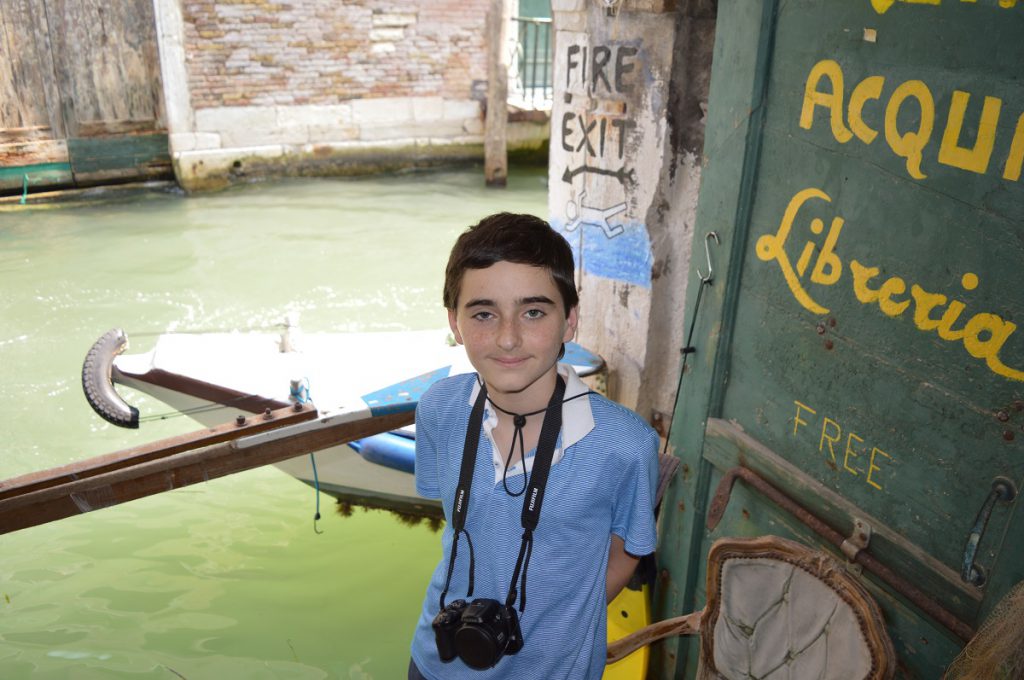
8. What has been your biggest challenge so far as a solopreneur?
Having enough hours in the day to do everything I want to do. And related to that, outsourcing. I know that to continue growing at this rate I’ll need to employ people, but I’m reluctant to do that. I guess someday I’ll find the right person.
SBI! teaches its users what they need to know about outsourcing and partnerships. Depending on the type of work you want to outsource, the best place to look for a freelancer or part-timer varies. For graphics or programming jobs, places like UpWork or Freelancer.com are best. But for content roles, you’re most likely to find the right person among your most loyal fans, as this solopreneur did. At what point do you stop being a solopreneur? When you hire staff as extensions of yourself, we still consider that solopreneurism. Perhaps you just need a freelancer to set up a store (a one-time project that is not worth you going through the learning curve). Maybe you need to hire a part-timer or even a full-timer (or 2, even!) to handle support or take photos or do what you don’t enjoy. All of that remains solopreneurism. But when your mindset changes to growth, you are moving more into the world of the entrepreneur. You’ll be hiring for talent that you don’t have. You’ll be managing more. In short, you’ll be growing a significantly larger business that is less under your direct control. It’s a big change in mindset. Should you do it? That all depends upon your original goals and how relevant you feel they still are. As long as you think it through and don’t stumble into a lifestyle that you didn’t want, you will make the right decision for you.
9. And finally… What do you enjoy most about being an online business owner? How has it changed you, your life, your family?
It has changed our lives completely, allowing us to live in beautiful places, travel the world and have a business I can pop into my hand luggage and take with me everywhere.
It has given us freedom, prosperity and even health. I personally feel much healthier without the stress of corporate life. I have time to exercise, I swim in the sea or the pool nearly daily, breathe in clean air and thank the Lord that he sent me Solo Build It!!
Key Takeaways
- Quit your job? Supplement your family’s income with a few hundred dollars per month? Building an online business with SBI! is the best way to get there.
- How do you know what your audience wants to hear about? Use keyword research to lay the foundation. Then go where your ideal customer goes and listen to her or him (social media groups or pages, niche forums, conferences, etc.).
- Build an engaged following on at least one social channel. The more you interact with your audience, the more they like and trust you. The more they trust you, the more likely they are to become your paying customers.
- On social media, share other people’s content generously (even if they are your competitors). When you share, you’ll get shared in return (stop if there is no reciprocation). That’s how to grow on social platforms.
- Don’t have all your monetization eggs in one basket! The SBI! Action Guide helps you plan the most suitable monetization models for your niche and personal circumstances. The spectrum ranges from all passive to fully active, with everything in between.
Ready to quit your job and live as a solopreneur? Start here.
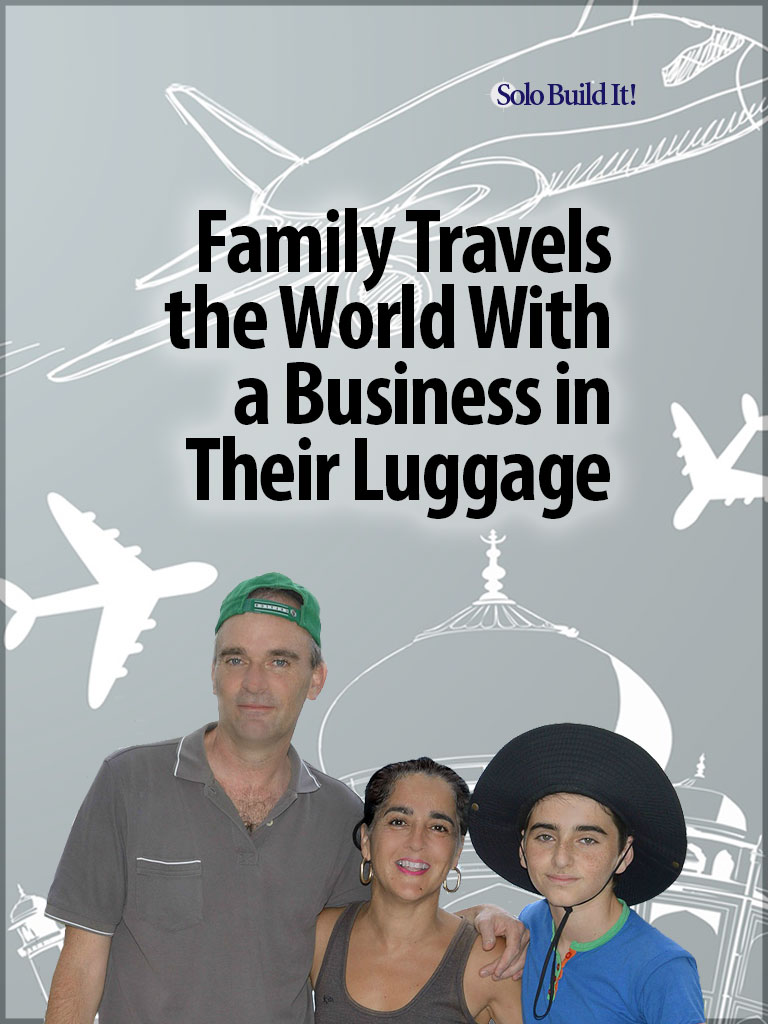
Latest posts by Margit Streifeneder (see all)
- From Traffic Peaks to Auto-Pilot: A Psychologist’s Website Success Story - March 27, 2025
- From Swim Teacher to Solopreneur: Building Passive Income Online - February 27, 2025
- From Concierge to Global Tours: 10 Lessons for Travel Business Growth - December 19, 2024


